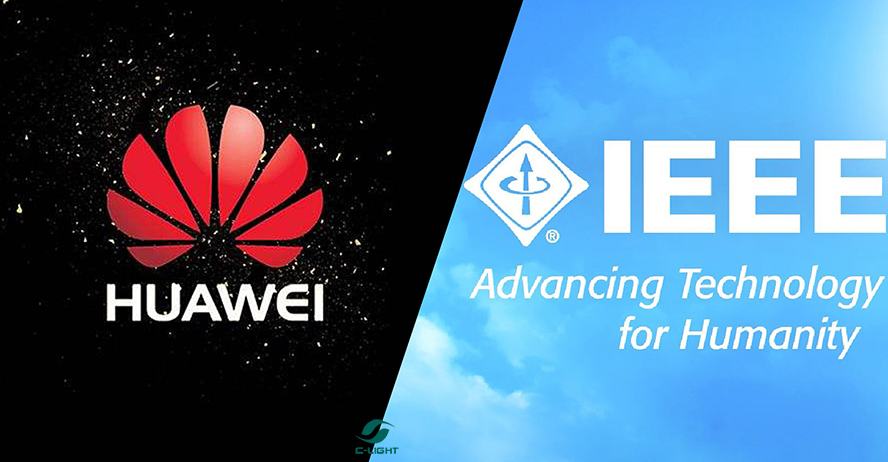According to the new information, IEEE website states that previous restrictions on huawei were intended to protect volunteers and members. Huawei and its subsidiaries' employees can participate in peer review and editing of the IEEE publishing process. All IEEE members continue to participate normally in all IEEE activities, regardless of their employer.
Huawei switches are worldwide
IEEE is dedicated to the development and research of electrical, electronic, computer engineering and other fields related to science. It has developed more than 900 industry standards in the fields of space, computer, telecommunications, biomedicine, power and consumer electronics, and has developed into an influential international academic organization.
IEEE 802.3ae
IEEE 802.3ae is the 10 Gb/s Ethernet standard adopted in June 2002. As a major upgrade of traditional Ethernet technology, 10G Ethernet has increased the transmission rate by 10 times and the transmission distance has been greatly increased on the basis of the original Gigabit Ethernet. The limitations have allowed Ethernet to extend to metro and wide area networks. 10G Ethernet technology is applicable to various network structures, which can reduce the complexity of the network. It can easily and economically construct networks of various speeds, meet the needs of large-capacity transmission of backbone networks, and solve the "bottleneck" problem of metropolitan area transmission. 10G Ethernet is the foundation for future end-to-end optical Ethernet.
In June 2002, the IEEE adopted the Ethernet standard of 10 Gb/s rate - IEEE 802.3ae. So far, the development of Ethernet has gone through four phases, namely Ethernet, Fast Ethernet, Gigabit Ethernet and 10G Ethernet (10GE). The advantage of 10G Ethernet is that it retains the IEEE 802.3 Ethernet Media Access Control (MAC) protocol, keeping the frame format of the Ethernet unchanged. 10G Ethernet has the following features: it only works in full-duplex mode; it adds a wide area network interface sub-layer (WIS) to achieve seamless connection with SDH. Since LAN, MAN and WAN adopt the same core technology, avoiding protocol conversion and achieving seamless connection, 10G Ethernet is the basis for realizing end-to-end optical Ethernet in the future.
1 10G Ethernet optical interface
There are three types of physical interfaces in the 10G Ethernet standard:
(1) IEEE 802.3ae, which defines a standard for transmitting 10G Ethernet over optical fibers with transmission distances from 300 m to 40 km.
(2) IEEE 802.3ak, which defines a standard for running 10G Ethernet on a symmetric copper cable with a transmission distance of less than 15 m, suitable for connection applications between servers in the data center.
(3) IEEE 802.3an, which defines a 10G Ethernet standard based on twisted pair as a medium, and hopes that the transmission distance is at least 100 m. Currently, the standard is under development.
Among the three types, the 10G Ethernet optical interface defined by the IEEE 802.3ae standard can be further subdivided into seven types according to the fiber type and transmission distance.
In the interface type, 10GBASE-LX4 uses coarse wavelength division multiplexing (CWDM) technology to divide the 12.5 Gb/s data stream into four 3.125 Gb/s data streams for propagation in the fiber, because 8B/10B encoding is used. , so the effective data traffic is 10 Gb/s. The advantage of this type of interface is that it is flexible in application. It can be used with multimode fiber. It can be used in applications where the transmission distance is short and price sensitive, or it can use single mode fiber to support longer transmission distance.
The Physical Coding Sublayer (PCS) of 10GBASE-SR, 10GBASE-LR, and 10GBASE-ER uses the more efficient 64B/66B encoding, and the transmission rate on the line is 10.3 Gb/s.
10GBASE-SR uses a 850 nm laser with a transmission distance of 300 m on multimode fibers; 10GBASE-LR and 10GBASE-ER use 1310 nm and 1550 nm lasers respectively, and the transmission distances on single-mode fibers are 10 km and 40 km, suitable for metro-wide transmission, is currently the mainstream application.
10GBASE-SW, 10GBASE-LW, and 10GBASE-EW are interface types applied to the WAN. The transmission rate is the same as that of the OC-192 SDH. The physical layer uses the 64B/66B encoding to encapsulate the Ethernet frame into the SDH frame through WIS. Going in the structure and doing rate matching to achieve a seamless connection with SDH.
2 10G optical module
Since the optical transceiver module is more and more integrated, the function of the 10G Ethernet optical interface can be completely realized by one optical module. The 10G optical module mainly includes sub-function modules such as optical/electrical conversion, clock extraction and synchronization, multiplexing/demultiplexing, 64B/66B codec, WIS, and 8B/10B codec.
According to the research report of LIGHT READING, 10G optical modules were the most promising optical devices in the passed few years. Nowadays, the widely used 10G optical modules are as follows: SFP+, Xenpak [3], Xpak, X2 and XFP. Among them, SFP+ belongs to the popular generation module, mainly used in Ethernet. It can be widely applied to 10G Ethernet after changing the electrical signal to 10G Ethernet optical signal (OEO).
Xenpak is the first generation optical module for 10G Ethernet. The 10G add-on unit interface (XAUI) in the IEEE 802.3ae standard is used as the data path; Xpak and X2 are direct improvements of the Xenpak optical module, which is reduced by about 40%; XFP is a compact and inexpensive optical module. A small form factor pluggable optical module (SFP) similar to Gigabit Ethernet. Since 300-pin optical modules are rarely used in 10G Ethernet, the following one optical module is mainly introduced: Xenpak.
Xenpak Optical Module
The functional block diagram of the Xenpak optical module is shown in Figure 1. It corresponds to the the function of 10G media independent interface extension sublayer (XGXS), PCS, physical media additional sublayer (PMA) and physical media related sublayer (PMD) in the IEEE 802.3ae standard.
The Xenpak optical module is connected to the board through a 70-pin SFP connector. The data channel is the XAUI interface. Xenpak supports all optical interfaces defined by IEEE 802.3ae and can provide The rate of 10.3 Gb/s, 9.95 Gb/s or 4×3.125 Gb/s on the line side.
IEEE 802.3ah
With the wide application of data service, Ethernet plays an increasingly important role in communication network, but compared with traditional SH, it is inferior in network fault warning, link quality, maintenance means and other aspects. So international standard
IEEE, the standardization organization, has introduced two standardized protocols, 802.3ah(204) and 802.1ag(2007), to strengthen Ethernet
Ability in maintenance and alarm.
IEEE 802.3ba
In July 2006, IEEE802.3 established the Higher Speed Study Group (HSSG) to define the standard. In December 2007, HSSG was formally converted into IEEE802.3ba Task Force. Its task is to develop the next generation Ethernet standard for realizing 100Gb/s and 40Gb/s data rates in optical fibers and copper cables.
IEEE 802.3bm
Global data center traffic is expected to triple in the next five years, and the entire communications industry is in urgent need of upgrading networks from 10G to 40G to 100G or even 400G. 100G QSFP28 and CFP4 modules compliant with IEEE 802.3bm will provide strong support for rapid bandwidth growth.









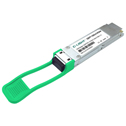

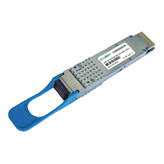

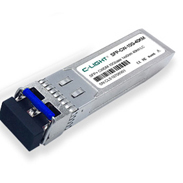
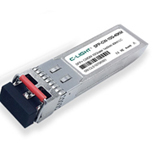
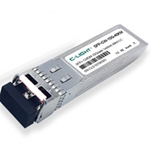
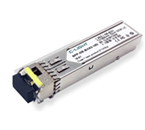
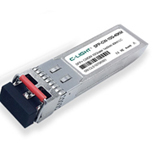
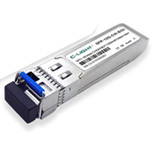



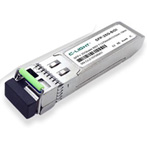
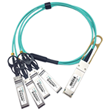
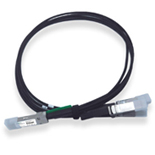
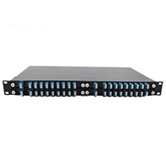
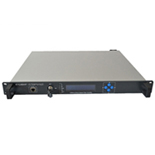
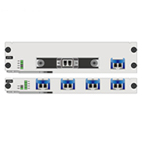

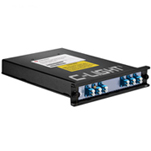
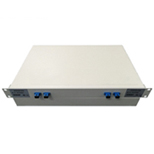


 Your current position:
Your current position: 

